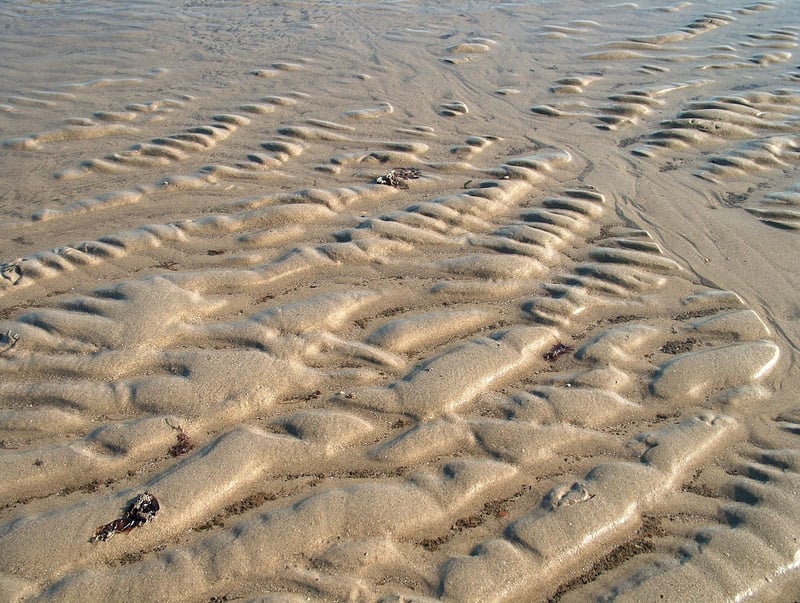Texture Manipulation
Exploring the Fusion of Culinary Science and Texture Manipulation
Are you ready to embark on a gastronomic adventure that combines the art of cooking with the science of texture manipulation? In this guide, we will delve into the fascinating world of molecular gastronomy and explore how chefs are pushing the boundaries of traditional cuisine through innovative techniques and creative experimentation.
The Science Behind Texture Manipulation
Texture manipulation in cooking involves altering the physical properties of ingredients to create unique sensations in the mouth. By understanding the principles of food science, chefs can transform familiar dishes into culinary works of art that surprise and delight the senses.
Key Techniques in Texture Manipulation
- Spherification: This technique, popularized by Spanish chef Ferran Adrià, involves turning liquid ingredients into delicate spheres that burst with flavor.
- Foams: By incorporating air into a liquid using techniques such as siphon whipping, chefs can create ethereal foams that add a light and airy texture to dishes.
- Gelification: Through the use of gelling agents like agar-agar and gelatin, chefs can transform liquids into gels with varying degrees of firmness.
- Emulsification: Emulsions play a crucial role in texture manipulation, allowing chefs to combine ingredients that would not usually mix, such as oil and water, to create creamy textures.
Pushing Boundaries with Culinary Science
Leading culinary innovators are constantly experimenting with new ingredients, techniques, and technologies to create dishes that challenge traditional notions of taste and texture. By embracing culinary science, chefs can unlock a world of possibilities and create unforgettable dining experiences for their patrons.
Examples of Texture Manipulation in Modern Cuisine
From deconstructed desserts to savory foams and edible cocktails, restaurants around the world are showcasing the potential of texture manipulation in elevating the dining experience. By combining artistry with scientific precision, chefs can create dishes that not only tantalize the taste buds but also engage diners on a sensory level.
Are you ready to take your culinary skills to the next level and experiment with texture manipulation in your own kitchen? Embrace the principles of culinary science, unleash your creativity, and prepare to amaze your guests with dishes that are as visually stunning as they are delicious.

Join the ranks of culinary pioneers who are redefining the art of cooking through texture manipulation and scientific experimentation. Whether you are a seasoned chef or an adventurous home cook, there has never been a better time to explore the endless possibilities that await in the realm of culinary science.
Get ready to transform your kitchen into a laboratory of flavor and texture, where the boundaries of traditional cuisine are blurred, and innovation knows no limits. Let your imagination run wild, and prepare to embark on a culinary journey like no other!

Are you excited to dive into the world of culinary science and texture manipulation? The only limit is your creativity, so grab your apron, gather your ingredients, and get ready to revolutionize the way you think about food. Bon appétit!
